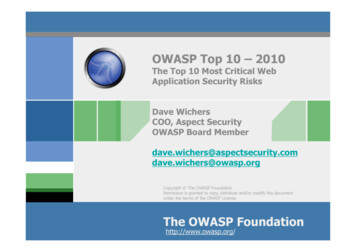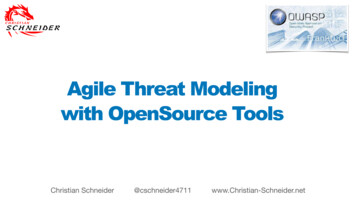
Transcription
Agile Threat Modelingwith OpenSource ToolsChristian t
whoami Christian SchneiderSecurity Architect, Pentester, TrainerAgile Threat ModelingSecurity 1 on Twitter
Threat Modeling
Threat ModelingAre you doing it?
Threat ModelingHow often?
DevSecOpseverything appears to be code(or at least some kind of automation magic)
Threat Models as Code?Why not let threat modelsalso be something like code?
Bene ts of Code:fi?
Bene ts of Code:Editable in any IDEfi(even vi or emacs)
Bene ts of Code:fiChecked-in into the source tree
Bene ts of Code:Diff-able and revert-ablefi(even branch-able and merge-able when you need to)
Bene ts of Code:fiCollaboration-capable
Bene ts of Code:fifiTestable and veri able
Bene ts of Code:fiReproducible and repeatable
Bene ts of Code:Clearly states its most recentupdate in the revision historyfi(or the lack thereof)
Bene ts of Code:Developers love codefi(and they know the application best)
Bene ts of Code:fi? some more ?
Drawbacks of Code:?
Drawbacks of Code:It’s code Someone has to write it
Drawbacks of Code:Some people nd codehard to readfi(why?)
Drawbacks of Code:Starts with the detailsnot the abstractions
Drawbacks of Code:Not easy to spot the "Big Picture"by looking at the details
Drawbacks of Code:? some more ?
Threat ModelingDev(Sec)Ops-style
Idea.Use some textual simple to readmarkup language like YAML (easier to read than code and understood by all IDEs)
Idea. and in it describe your:- Data- Components- Communication Links- Trust Boundaries
Idea.fl and use an open-source tool toanalyze it as a graph of connectedcomponents with data owingbetween them
Idea. which generates nice:- Model Graphs- Potential Risks / Threats- Hardening Recommendations- Reports / Documentation(for the compliance folks)
Agile Threat ModelingIdea: Bridge the gap between classic threat modeling and agile development teams.Threat Models as declarative YAML file containing- Data Assets- Components- Communication Links- Trust BoundariesChecked-in along with the source-tree.Benefits of YAML model file: diff-able, collaboration capable, testable, verifiable,
Threagile - Agile Threat Modeling ToolkitOpen-Source on GitHub & DockerHubModeled elements contain technology and protocol type on detailed level.Threagile analyzes the model YAML file as a graph of connected componentswith data flowing between them and generates:- Model Graphs / Diagrams- Potential Risks / Threats- Hardening Recommendations- Reports / Documentation- as PDF, Excel, and JSON (for DevSecOps automation in build pipelines)Custom identified risks (during workshops for example) can be added as well.
Threagile - Agile Threat Modeling ToolkitTechnology-aware model types 40 Coded risk rules checking the graph (and growing)Custom risk rule plugin interfaceCalculation of RAA (Relative Attacker Attractiveness) for each componentCalculation of DBP (Data Breach Probability) for each data assetModel macros to automate certain model modificationsRisk mitigation state maintained in same YAML fileReleased as open-source softwareRuns totally offline (of course)
Running ThreagileEither as- command-line interface (CLI), or- server with REST APIAvailable as a Docker container:docker run --rm -itthreagile/threagile
First Steps with ThreagileCreate either a minimal stub model or a filled example modelThe YAML file is the only source of input to Threagile an contains- Data Assets- Technical Assets- Communication Links- Trust Boundaries— and optionally more things
Example Model: Data Assets
Example Model:Technical Assets
Example Model:Referencing Data Assets (Processed & Stored)
Example Model: Communication Links
Example Model:Trust Boundaries
Execute a Threagile RunProcesses the YAML model fileExecutes Risk-Rules (including custom developed ones)Creates some nice risk output ;)
Model Graph Generation (Data Flows)
PDF & Excel Report Generation
Impact Summary (before & after mitigation)
Risk Mitigation
STRIDE Classification of Risks
Assignment by Function
Relative Attacker Attractiveness (RAA)Sensitivity rating of stored & processed dataAttacker paths to the highest-valued targets:Components with access to these are ranked higher alsoNice example: Build-Pipelines with manydeployment connections Reflected in the created data flow diagramCustom calculation algorithms possible as plugins
Data Breach Probabilities (DBP)“Blast-Impact” of compromised systemsEach Risk-Rule refers to affected targets:And the data assets stored/processed there
Risk Mitigation RecommendationsDetailed mitigations along with links to-OWASP ASVS ChapterOWASP CSVS ChapterOWASP Cheat Sheetetc.
Risk Instances (by vulnerability & by tech asset)Everything linked andclickable inside thereport for easynavigation
Excel Report
Detail Results as JSON
Risk Rules ( 40 and constantly growing)
Custom Risk Rules (plugin interface)
Manually Identified Risks (put into YAML)
Editing Support in IDEsNice structured YAML tree in manypopular IDEs and YAML editors:
Editing Support in IDEsSchema for YAML input available:Enables syntax validation (error flagging) & auto-completion
Editing Support in IDEsLive Templates:Enables Template-based Quick Editing
Risk Tracking (inside YAML file by Risk-ID)Model-Macro exists for quick seeding of risk instances for tracking in YAML model file
What About Bigger Models?
REST-ServerAlso within the Docker containerPlayground online available for instant playing as well: https://run.threagile.io
Model Macros: Interactive WizardsInteractive wizards reading existing models and modify/enhance themUseful for repeating, often similar, model tasks like:-Adding a Build-Pipeline to the modelAdding a Vault to the modelAdding Identity Provider and Identity Storage to the modeletc.Pluggable interface allows for custom model macros
Live DemoEnhancing an existing model with a build-pipeline via a model-macro(and inspect changes in Data Flow, RAA, Data Breach Probabilities & Risks)
Model Macros: Interactive Wizards
Model Macros: Results
GitHub Integration (as workflow tion-example
GitHub Integration (as workflow tion-example
GitHub Integration (as workflow tion-example
Possible EffectsCustom coded risk rulescan analyze the model graph(helps big corporations with individual policies)
Possible EffectsUniform documentation ofsystem landscape built bottom-up(by dev teams in their IDEs along with the codebase)
Possible EffectsInstant regeneration of projectrisk landscape on changes(what happens when a data classification changesor some component moves into the cloud)
Possible EffectsInstant regeneration of corporate-widerisk landscape on changes(just modify a risk rule due to a policy changeand instantly regenerate threat models across all projects)
Possible EffectsCI/CD-Pipelines can check thegenerated JSON for unmitigated risks(trend graphs & warning when rolloutcontains new unchecked high risks)Threat Modeling as a part of DevSecOps
Possible EffectsSecurity is less bottleneckfor threat model sign-offs(risks rules as code automate threat model vetting)
Upcoming Features (currently in development)More Docs, Samples & Screencasts & Web-based Model Editor:Easier on-boarding of new users.Model Linking & Model Includes ( Layered Graphs):Referencing other models (external systems): reference vs. inclusion as “Sub-Models”.Cloud Crawler:Crawling Cloud environments (preferably as “Model-Macro”) with wizard to selectively takecloud components into a Threagile model.GitLab Integration:Further integrations into SCM workflows: preferably via “Actions” and Web-Hooks.CloudFormation / Terraform / Helm Import:“Model-Macro” based wizard to import infrastructure declarations into model.
Upcoming Features (currently in development)Build Pipeline Plugins (Jenkins, Azure DevOps, etc.):Close integration into CI/CD pipelines.LeanIX / EA Integration via API:Integration with enterprise architecture tools like “LeanIX”, “Enterprise Architect” and others.Bug Tracker Integration (JIRA, Defect Dojo, ):Bi-directional integration with bug trackers (like JIRA) for risk mitigation state management:preferably via Web-Hooks.Drawing App IntegrationsImport and/or export with draw.ioYour Ideas and Feature Requests:Feedback welcome: Create feature request tickets on https://github.com/threagile
Released as Open-SourceWebsite:- https://threagile.ioPlayground:- https://run.threagile.ioQ&ACommunity (Support) Chat:- https://gitter.im/threagile/communitySource:- https://github.com/threagileContainer:- cschneider4711 on Twitter
Idea: Bridge the gap between classic threat modeling and agile development teams. Threat Models as declarative YAML file containing - Data Assets - Components - Communication Links - Trust Boundaries Checked-in along with the source-tree. Benefits of YAML model file: diff-able, collaboration capable, testable, verifiable, Agile Threat Modeling
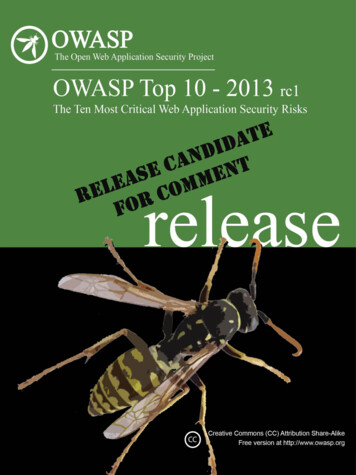
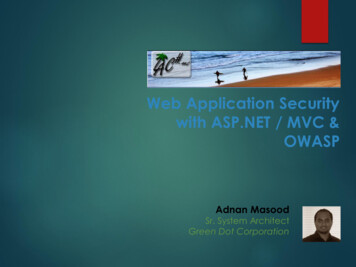


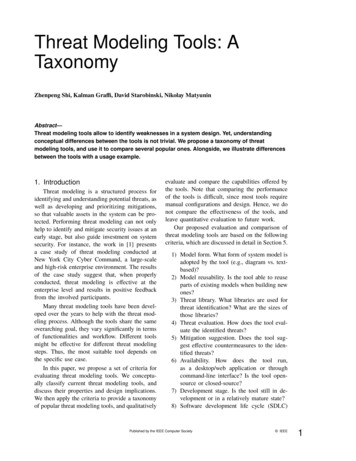

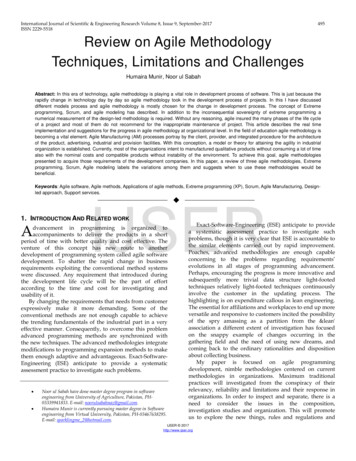
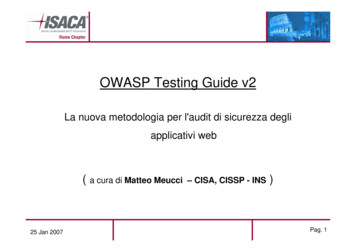
![REST API Penetration Testing Report for [CLIENT] - UnderDefense](/img/36/anonymised-api-penetration-testing-report.jpg)
